Exposure X7 was released in the last few days of September. It was worth the wait. The app has a lot of new features, including a new masking tool to make selections by quickly drawing a rough border, customisable editing workspaces, a unified crop and transform interface with composition guides, defective pixel removal for raw photos, more faithful colour reproduction when using custom DCP colour profiles and improved colour fidelity with DNG files. Finally, fine texture noise can be added to recover detail with aggressive noise reduction.
I started with the crop and transform interface and was impressed with the new composition guides and the fact that the cropping and transforming tool isn’t applied across layers but is on a layer of its own. That allows for optimum control of the vignetting tool, as well as enables you to turn it on and off on the fly. In some other editors, you need to remember applying crops and other transformations as the last task on the list, but that is often frustrating as it doesn’t show you what the image will look like when you’re done.
Even more impressive is the novel way in which you can mask areas. Exposure X7 gives you more ways than one to create masks that are accurate and making the mask really fit doesn’t take ages, not even when the borders are not well defined. Masking tools include polygons and markers. The polygon tool is special in that it allows you to create an outline with every point possibly differing from all others in edge width. That guides Exposure’s border sensitivity and gets results much quicker than with any other selection tool I have ever used.
You can use markers — point selectors with a circular outer boundary — to add or subtract from polygon masks, but you can also use them by themselves to create masks. When you draw with the marker tool instead of clicking, the boundary is drawn as an overlapping series of marker points with the boundary edge width you set. The result of using these two is that you can create very finely tuned selection masks in no time.

Exposure X7’s workspace editor allows you to totally customise the interface. Again, it offers much more flexibility than any other editor I know. For example, you can have Exposure X7 remember which panels you want to have open in any particular workspace. Even the visibility of the rating, keywords, and other metadata boxes can be turned on or off as required. The docks where all the tools and information live can be made to disappear and reappear when you hover over the area where they are located with the mouse. The customisation even supports multiple monitor settings.
Speaking of multiple monitors: the app now has a CPU/GPU test feature at startup. It’s what Capture One Pro 21 has too, but in contrast with the latter, Exposure X7 tests your CPU/GPU performance at every startup. Luckily, you can cancel the test because it takes a bit of time — at least on my machine it took a considerable few minutes to find out that my CPU/GPU performance is anything but fast.
There’s one area in which Exposure X7 does not shine as much as DxO Photolab 4 and that’s noise reduction. If you take a photo that is really very noisy and you apply close to the maximum amount of noise reduction, then add the minimum of fine texture, the result with my test image was a still noisy photo when magnified at 100%. Only in this area DxO Photolab 4’s PRIME algorithm is distinctly better than Exposure X7. In all other areas, the app does an amazingly brilliant job at supporting your management, editing and retouching needs.
Exposure X7 is available now from https://exposure.software for $119. Upgrade pricing is available to owners of previous versions of Exposure for $89. Additionally, anyone who purchased Exposure X6 on or after July 15, 2021 will automatically receive a free upgrade to Exposure X7.

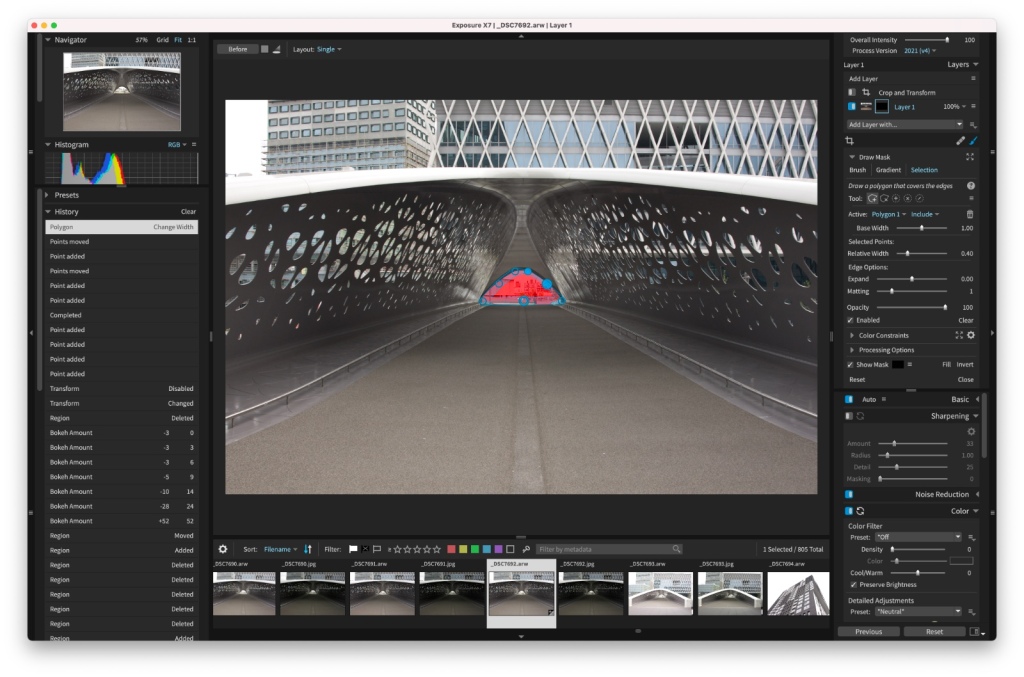
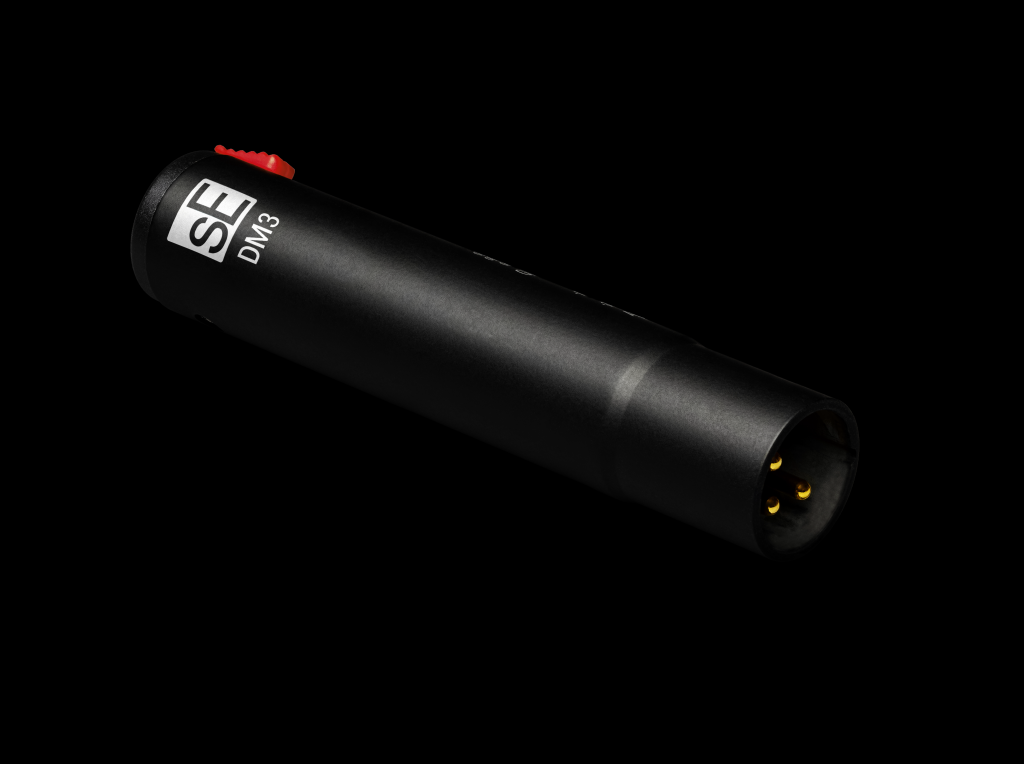
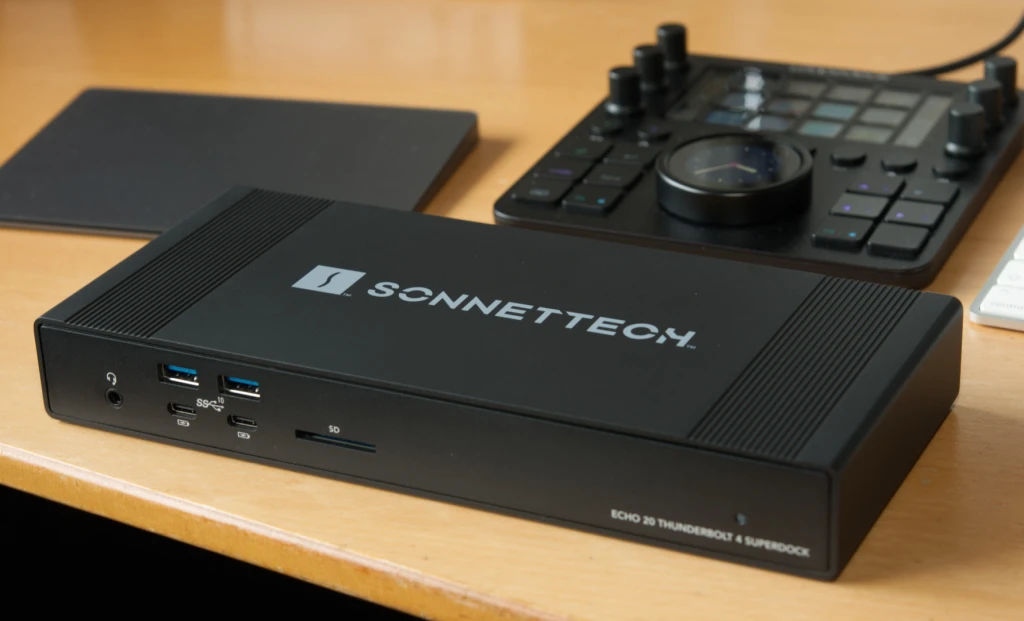
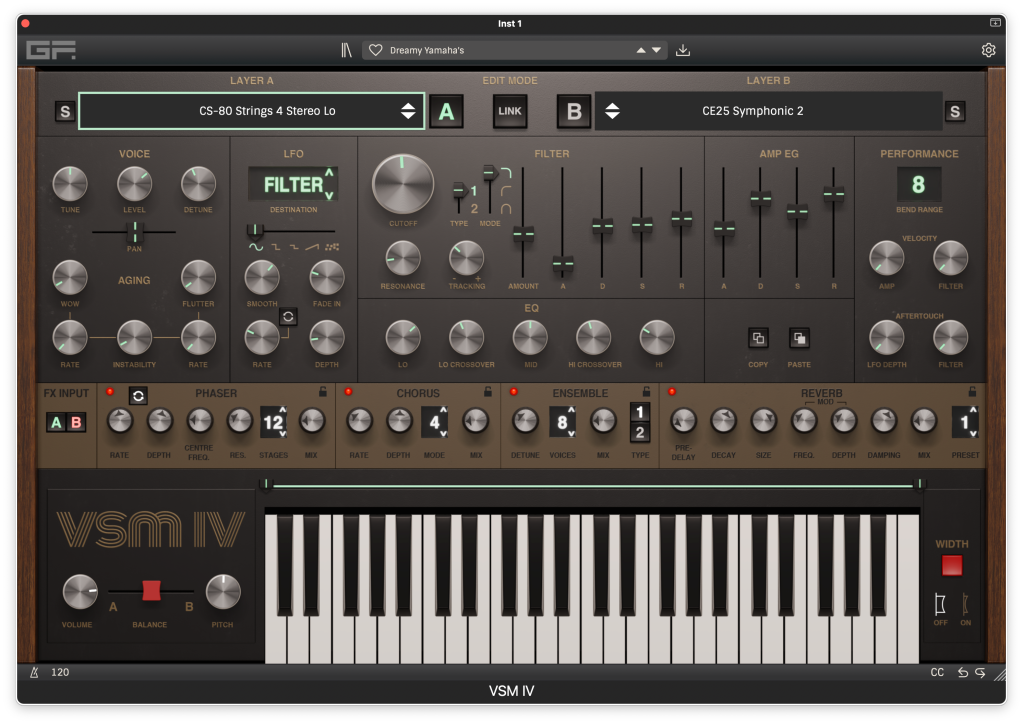
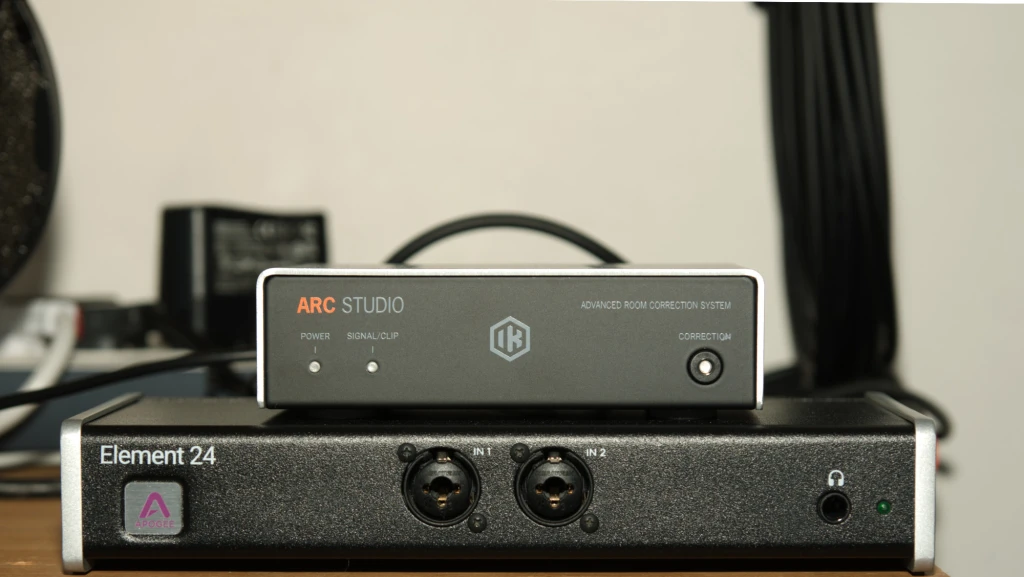
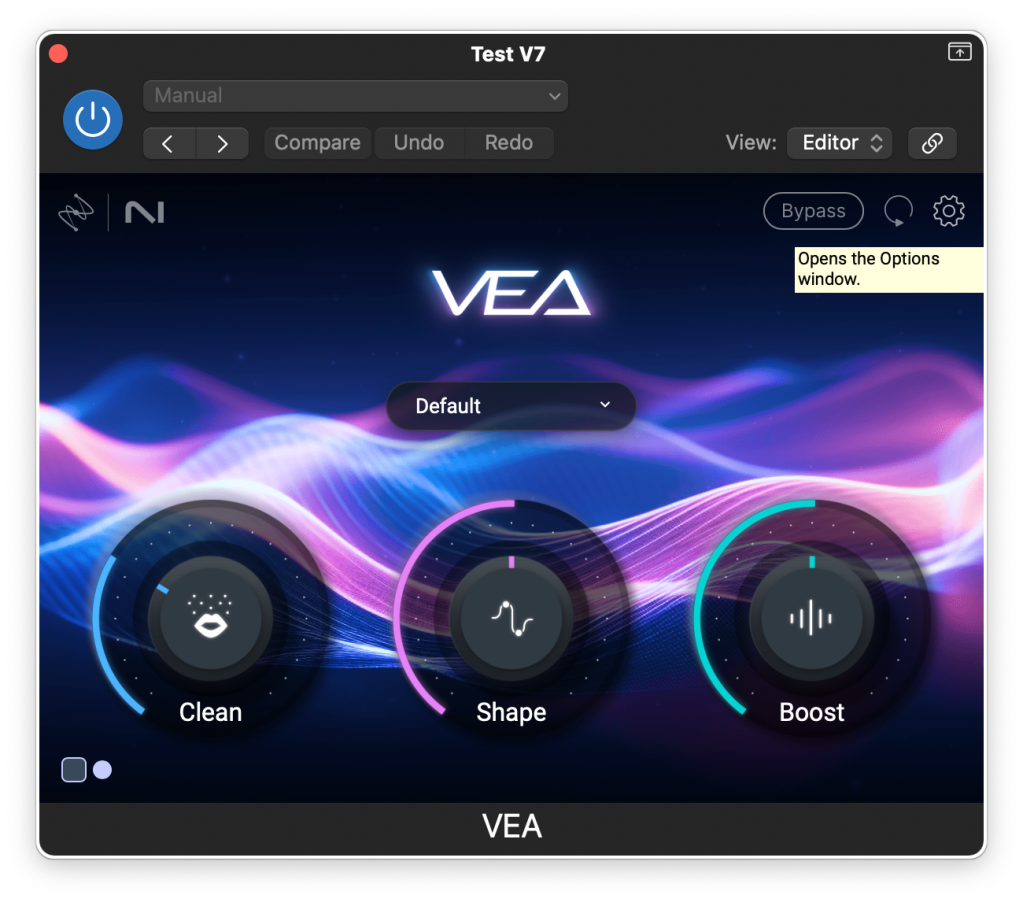
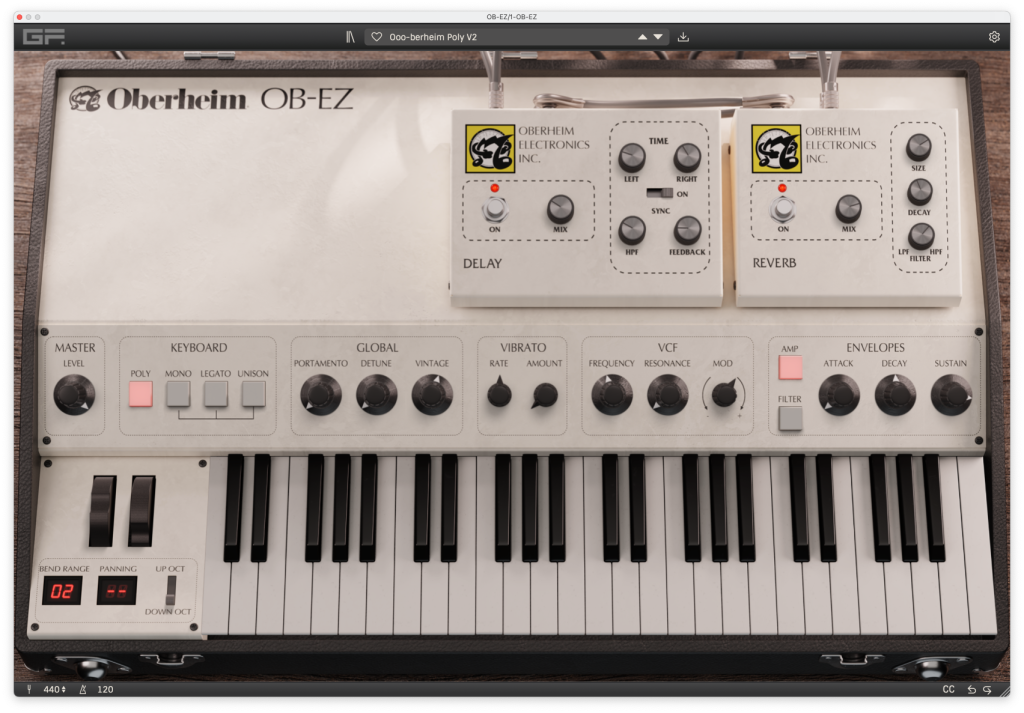
One response to “Exposure X7 adds very accurate masks, composition guides and more”
[…] on Visuals Producer posted a detailed review of Exposure X7. He was also impressed by the new masking tools, but the new workspaces also grabbed […]
LikeLike